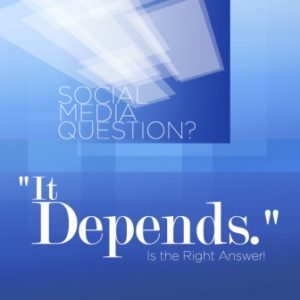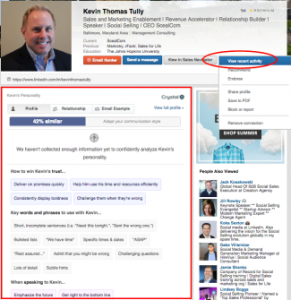There are well over one billion websites on the Internet, and the vast majority of them are free. Over two million apps await download in both the Google Play and Apple App stores, and most of these are also free. With so much easy and free content available, how do you get someone to pay you for your content?
In the pre-digital content world, most content was purchased by the consumer either a la carte or as part of a subscription. Clearly, this was true of printed material, be it books or magazines. But even the television industry, whose roots started in “free” ad-supported broadcasting, has been earning one-half to two-thirds of its revenue from cable and satellite subscriptions over the last few decades.
Similarly, in the early days of the digital world, nearly all content on the Internet was free. But although there remains a large swath of free content, sales and subscriptions to digital content are exploding – from Netflix to iTunes to Spotify. And the print world has not been left behind: The New York Times has nearly twice as many digital subscribers as print subscribers (over one million). Amazon sells more ebooks than they do print books and has been doing so for a number of years.
Yet not all creators of content have found the right formula to grow revenue as the shift to digital continues. During an era when NBC was making bold moves to sell their television programming online for the first time, then president Jeff Zucker famously worried publicly about “trading analog dollars for digital pennies.” Certainly, magazines who put their content online hoping to monetize through advertising have found that a tough way to make a living.
So what to do? What distinguishes the content that consumers are still willing to pay for, which they might have been willing to pay for previously but now feel that they can get just as easily for free from the internet? From our research with consumers, there are five key characteristics.
High-Value Problems
Consumers pay for content because it solves a problem they are having at that moment- whether it’s how to repair a sink, how to get their kid into college or what movie to watch while curled up on the couch with their date. The “higher value,” the more likely they are to be willing to pay – and the more difficult the problem that they are attempting to solve, the more they are willing to pay.
The first step is to be sure you have content that solves high-value problems and position it that way when marketing it. A high-value problem does not have to be life or death. If your child is preparing for cheerleading tryouts, at that moment, how to do a great job in cheerleading tryouts is a high-value problem. If I have a 24-hour layover in Honolulu, then finding out how to spend that time effectively is my high-value problem of the moment.
Then there are two ways to connect with customers who have the high-value problem you are solving. One is to be highly findable via search tools such as Amazon and Google. And the second is to use paid or earned media to seek out the right segment of customers with the problem you are solving. In some cases, your audience is well aware of the problem and only needs to be convinced that you have the solution. In other cases, depending on your subject matter, you need to help them realize they have a problem.
Niche Applicability
Consumers know that answers to many questions are widely available on the internet. But it can require work to piece together the kinds of general answers one might find to the specific situation they are experiencing. For example, a Google search “How to get my kid into college” provides 107 million results – and that free article from USA Today called “6 Secrets to Get Your Kid Into College” sounds like a great place to start. However, if my real goal is to get a learning-disabled child into Harvard, and my search shows a book for $ 12.99 called “How to Get Your Learning-Disabled Child into Harvard” – that sounds like content worth paying for.
Credibility
There are a billion sites on the web, but most of them aren’t USA Today or the Mayo Clinic. If you have (or build) a trusted brand in a specific topic area, whether it’s fashion, sex, or automotive repair, consumers may be willing to pay for your content even if it covers similar topics to content available for free because of its credibility. If your brand is the recognized leader in your space, then this is a huge advantage. If not, consider how you might partner with other brands to achieve credibility. For example, an unknown publishing company can publish a series of books on raising a child authored by child psychologists from Princeton or the former head of product development for Procter & Gamble.
Convenience
We pay more for milk at 7-11 than we’ll pay at the grocery store and the same goes for content. The promise of digital is instant gratification and leaders in content click through like Apple and Amazon demonstrate excellence at making the content not only easy to find but super easy to buy – store your credit card in advance, just click once, and you are reading, listening to or watching your desired content within seconds.
This article was originally published on the FROM website here.
Digital & Social Articles on Business 2 Community(52)





